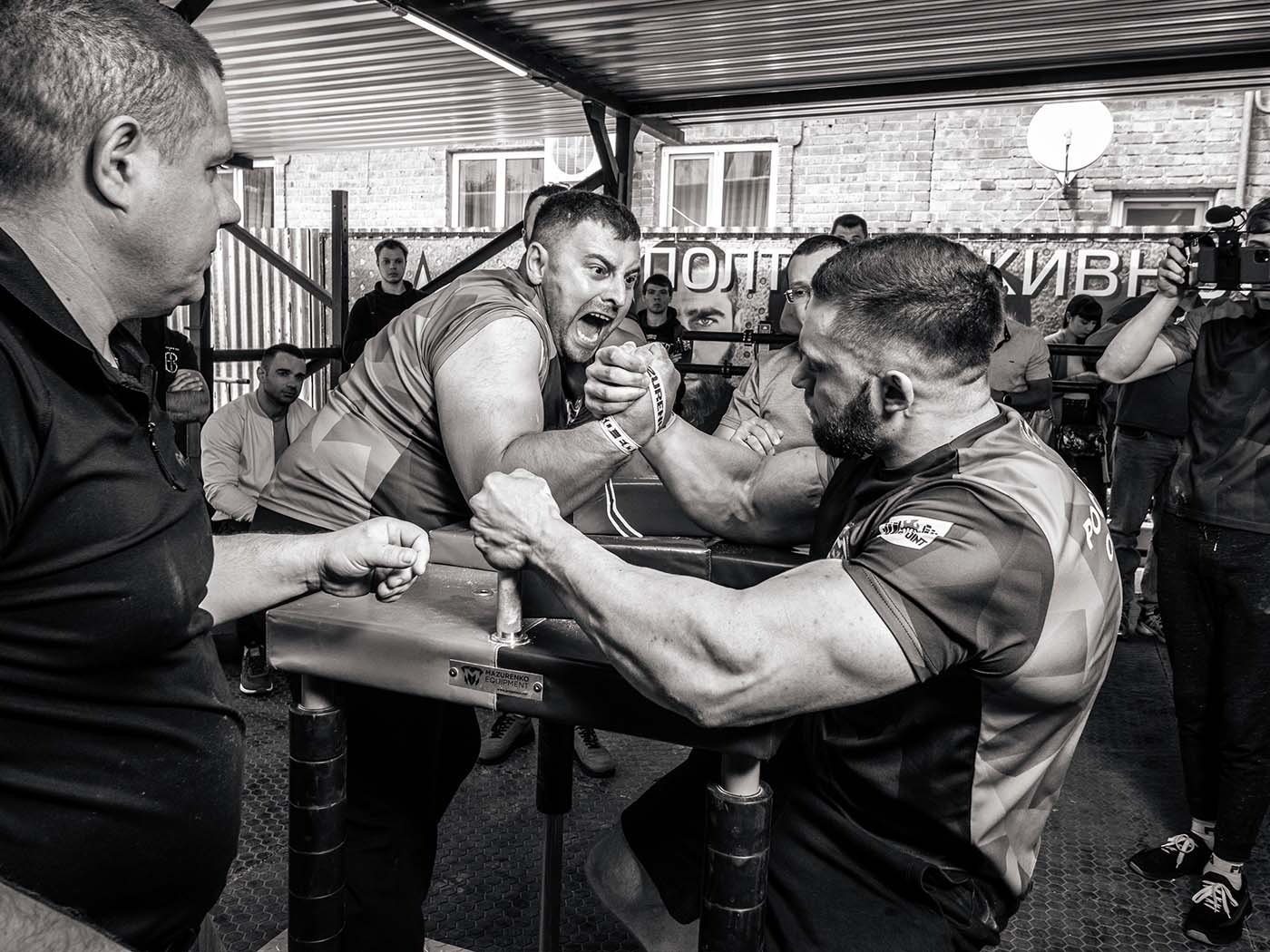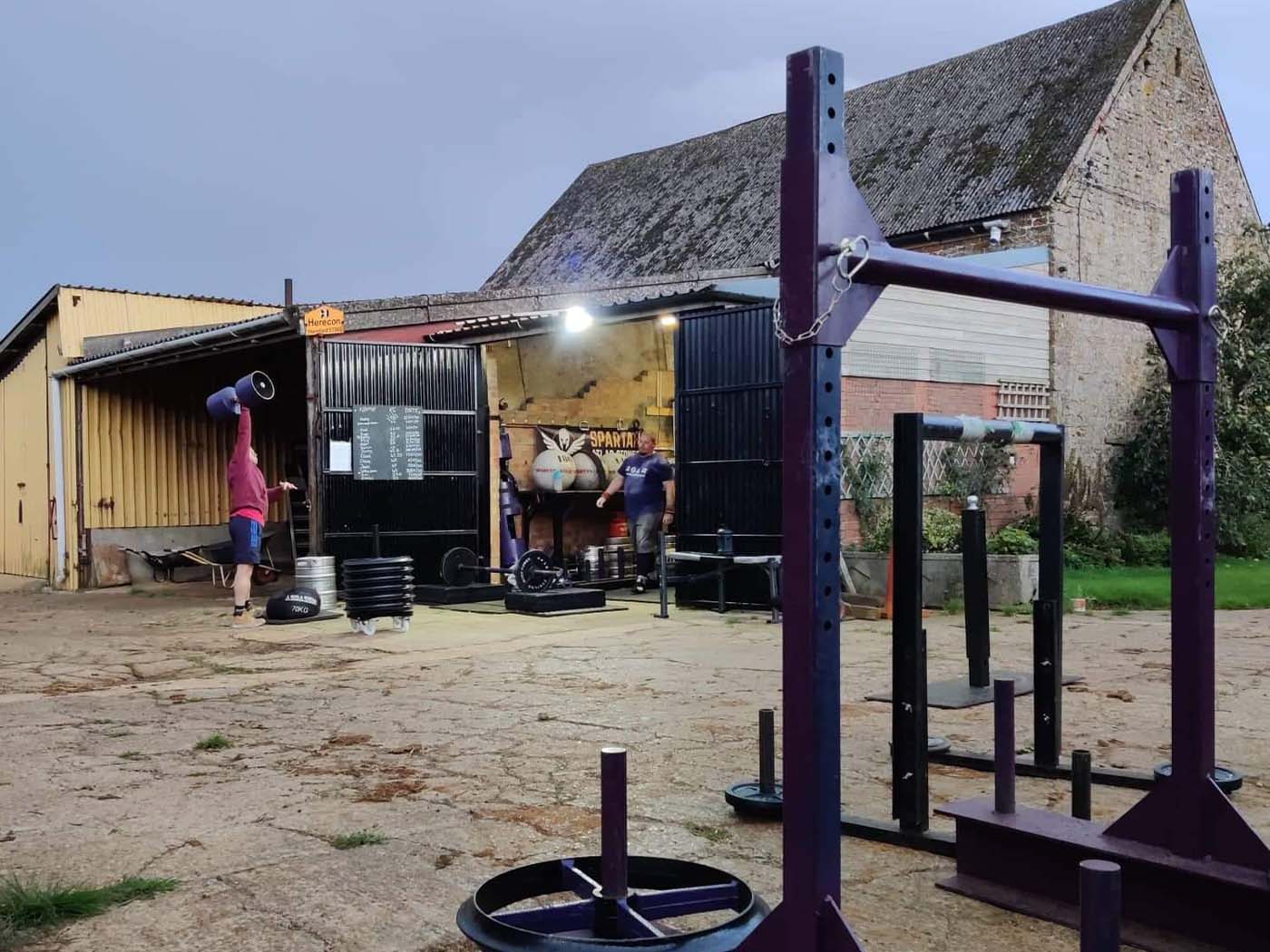Something we’ve been interested in having a go at for quite some time now is climbing. Unfortunately myself, I’m a larger chap, at 6ft6 and just shy of 300lb, I’m not the most nimble of people.
However I do have a really strong grip, there’s something about hanging onto a climbing grip or rock face that just seems exhilarating.
So this is where the climbing journey began…
The Journey
Delving deeper into the world of climbing has been amazing. We’ve learned so much in such a short space of time. The climbing community is awesome, you guys have been so helpful.

Grip strength in climbing is essential, naturally as you climb more and practice regularly, your grip will develop, notably pinch and support.
Climbing heavily relies on finger strength, apart from climbing, what tools are out there that you can specifically use for finger strength? Not many.
Climbing Grip Tools
We have some awesome training accessories that are perfect for keeping in your climbing bag, warm up, cool down and use on rest days. But they won’t build the sort of strength and endurance you need for hitting a gnarly peak.
The Ridge
We specifically designed this grip tool to help develop some real finger strength. The narrow little ridge is really tough to get a good grip on, especially the 6mm one, if anything it’s just pure evil!
Grasping the top of the ridge is to replicate holding onto a small edge of a climbing grip or rock. It’s just a great, fun grip training tool that will help develop finger strength and dexterity.
Types Of Pinch Grip
Before we look into a few more products that will help develop your pinch strength. Let's look into the different types of pinch often used in climbing.
A phrase often used to describe different positions during the pinch are full crimps and half crimps. Crimping is basically grabbing small edges with the fingers bent at the middle knuckle. You then use your thumb to wrap over the top of the index finger, this allows for enhanced pulling power and a stronger grip on the hold.
From our research we’ve found that crimping is most popular on small incut edges and flakes.
Although it may sound relatively simple, crimping is actually quite an advanced technique that requires a lot of practice. It’s very tough on the fingers and can lead to considerable pain in the tendons and joints.
Pinch Blocks
When it comes to pinch training, pinch blocks are the ultimate grip tool. Specifically designed for targeting pinch grip, you can even develop support grip by throwing a few holds in there too.
Pinch blocks are available in all shapes and sizes, depending on your goals you should select the width of the pinch block that suits.
Narrow Pinch Block
At just 6mm thick, it’s really hard to get a good grasp on, requiring higher finger strength, the narrow block really tests out your lower fingers and thumb.
It’s perfect for developing narrow pinch, specifically targeting finger development. Just imaging yourself hanging on and as your fingers slip a little, your grip gets narrow. This is where the narrow pinch block is a great aid for climbing grip strength.
60mm Pinch Block
The go to pinch block for most people, right in the mid range of width, it’s certainly the most popular choice. At 60mm it’s the perfect width for most sized hands.
Enabling you to perform pinch lifts with a higher weight compared to the narrow or wider pinch blocks, this is where you’ll develop the most strength and overall raw pinch power.
We recommend performing a variety of single and two handed lifts combined with holds for time. This is the best way to develop a well rounded pinch.
80mm Pinch Block
The widest block of our selection. A very challenging pinch lift for even the biggest of hands. This block is really tough to get a good hold of, purely down to the top width.
It almost forces your hands open meaning your fingers won’t lie flush up against the block. This is one of the tips we look at in the video above. To effectively lift pinch blocks you need to get as tight a grip on the block as possible.
The 80mm block is good for learning how to grab larger objects. The scenario I imagine is you're halfway up a rock face and there's a huge hold you can’t get a clean grasp on. That’s where using the 80mm block will help you.
Chalk
An absolute essential for all climbers. Chalk.. I mean how could we not put it on this list?
Helping to improve your grip, reduce sweat and also make a bit of a mess, chalk should be something you take to every session with you. There’s a few different choices of chalk we recommend so let's take a look.
Liquid Chalk
First up, and our highest recommended for beginners is liquid chalk. Perfect for chucking on before you take on new heights, just plop a small drop in your hands and wait a few seconds, then you’re good to go.
Liquid chalk is easy to keep in your gym bag and makes very little mess, plus our top quality formula lasts much longer than most other brands.
Powdered Chalk
The reason why we recommended liquid chalk for beginners is purely down to the fact that you may not be as confident reaching into your pouch mid climb. Powdered chalk is great for keeping in your pouch.
These pouches basically attach round your waist or onto via a carabiner. Nestled within the pouch should be some of our finely powdered godlike grip chalk.
It’s perfect for applying before you take on a tough climb or re applying if you’re approaching a challenging hold.
Different Types of Handholds
Let’s now take a look into the different types of handholds you can perform whilst climbing. You need to learn these pretty fast and the best way to get accustomed to them is by.. Practice, or doing a little bit of online research.

There are a few main types of handholds, each one requires a slightly different type of grip
- Flat Edges
- Rounded Slopers
- Finger Pockets
- Hand Pockets
- Vertical Flake Edges
- Upside-Down Holds
- Projecting Blocks
That’s just to name the main few. If you can get to grips with those then you’re heading in the right direction.
If you’ve got any tips for us or would like any more information, drop a comment below.










